After weeks of discussions between the U.S., NATO, and Russia we seem no closer to a peaceful resolution as Russia’s military forces continue its build up on the border with Ukraine. To de-escalate the situation, U.S. Secretary of State Antony Blinken is scheduled to meet with Russia’s Foreign Minister Sergey Lavrov in Geneva on Friday. While President Biden has said that a full-scale U.S. military response to Russian aggression is off the table, the U.S. has supplied the Ukrainian military with $2.5 billion in support since 2014. President Putin has been clear about his demands with respect to NATO and continues to escalate tensions with troop movements and rhetoric. Most recently, it was announced that the Russian embassy in Ukraine would begin evacuations. Below, Academy’s Geopolitical Intelligence Group (GIG) members discuss the current state of grey zone conflict in the region and the potential risk of a larger invasion.
Why it Matters:
“Certainly, there have been no breakthroughs to reduce the potential for invasion. The Russians have stated they want answers from the U.S. and NATO this week (an attempt to pressurize the situation). The Russians have multiple target audiences for their rhetoric, cyber, and social media efforts. One audience is the Russian people who need a predicate to support losing Russian soldiers in ground combat. This must be started by or plausibly blamed on Ukraine. Another audience is U.S. and European nations’ populations with Russia using the potential threat posed by repositioning Russian nuclear capabilities.
The real effort is to cause the West to publicly state they won’t support Ukraine against Russia creating a confidence failure pushing Ukraine back into the Russian orbit. That information objective, potentially supported by another round of annexation by force demonstrating Russian strength versus NATO and U.S. inaction, adds to the erosion of Ukrainian faith in the West. It is important to realize that U.S., NATO, and Western nations’ sanctions will do little to ease Ukrainian short-term pain. In fact, sanctions ultimately hurt the Ukrainians as much as the Russians in the near-term.
At present, this is a major influence and information campaign backed by military power to demonstrate that decisive military action is a real possibility. Russian doctrine does include escalation of force to ultimately de-escalate. That means attacking to take another Russian leaning section of Ukraine is a military course of action to force the political concessions that Russia seeks.
In my view, the current diplomatic stalemate leads to a decisive small scale military operation to force political concession. Putin must have some concession to change course and both NATO and the U.S. have done little to reverse his prior successful small scale military incursions into former Soviet states. Continued Russian military movements toward Ukraine and the targeted influence campaigns directed at Russia’s audiences support eventual military action.” – General Frank Kearney
“I agree with most of what Frank said, but maybe slightly nuanced…I believe one of Putin’s primary goals has long been to re-create the buffer zone the Soviet Union enjoyed before the fall of the Berlin Wall. Putin has been chasing this for decades (invasion of Georgia, Crimea, etc.) He has been strategically and patiently moving in that direction for over 20 years, but he seems to want to achieve his objectives without creating a major flashpoint that takes things kinetic with NATO and the U.S. Also, he has shrewdly established gas line dependance/dominance over Europe (and thus NATO) and has created an environment (i.e., Georgia and Crimea) where his requests and intents cannot be dismissed as mere rhetoric. He has escalated things by sequentially introducing cyber-attacks and positioning of nuclear assets in the Western Hemisphere just to ensure no one is dismissive. The positive is he has not done anything kinetic yet (like he did in Georgia). This plausibly indicates that he is not necessarily “hell bent” on taking more of Ukraine right now. Like others on the GIG, I do not want to be too optimistic about Putin’s rational thought in all of this, but it does seem to give strategic room for intellectual consideration, strategic thought, and negotiation. Like Frank said, one of his key parallel objectives is to reinforce (with his national populous) that Russia remains a respected and influential superpower. Bottom line is it will take a talented and strong diplomatic approach by the U.S. and NATO to negotiate middle ground with Putin…and I still believe he desires to achieve his objectives without tipping the relationship with NATO/U.S. too drastically.” – General Mastin Robeson
Market Impact from Peter Tchir:
European Energy Crisis
The energy problem in Europe is a huge part of the calculus right now. This creates a unique “opportunity” for Putin.
• Huge flaws in Europe’s push to “sustainability” have been exposed, some of which can be at least partially remedied by next winter.
• My understanding is that it has been colder than usual in Europe and there is no guarantee next year will be as cold.
• Germany (in particular) has been “less windy” than usual, reducing power generated from windmills, which are a big part of Germany’s alternative energy. No guarantee this occurs again.
I don’t think this gets enough attention regarding “why now?” and Putin likely believes that this is his leverage.
Various Scenarios
• Status Quo – Unlikely. Putin sits on the borders, we all negotiate, nothing changes. This is a relatively low probability since the energy issue forces Putin’s hand.
• Full Attack with Kiev as the Goal – Unlikely. The GIG almost universally doesn’t think this is realistic. If this were to happen, things get very ugly, very quickly, but it seems unlikely that Putin pushes that hard.
• Putin gets something big in negotiation – Plausible. NATO gives up a lot to appease Putin and he stands down. Seems plausible, because NATO realizes there probably isn’t the will to react strongly to an incursion of Eastern Ukraine, so it may give him something to avoid that embarrassment. This is probably what we are hoping for, and I suspect is “our” side’s base case. The issue is that our politicians may underestimate how important it is to Putin to show the people he can “re-incorporate” areas back into the “homeland.” I think we won’t offer enough to get Putin to change course.
• He takes over Eastern Ukraine – Probable. With everything going on, and press reports, etc., this seems most likely and will “surprise” the West which thinks Putin is negotiating in good faith because we are applying our values and morals on him, rather than truly recognizing Putin’s values, morals, and objectives.
o Europe and NATO accept any plausible pretext – Likely. Europe, with the gas shortage, Covid issues, etc., will probably latch on to any plausible pretext Putin provides. Europe has its own issues. The U.S. might make some noise, but no one will care. Demands and promises will be made, but Putin will have won, and we will try and spin it that he didn’t.
o Europe and NATO defend Eastern Ukraine – Unlikely. This would put us on a war footing with Russia, but that just seems unlikely relative to accepting his pretext and moving on.
o Europe Splinters – Possible. This could get “interesting.” I could see Europe fracturing along the lines of “pragmatic” versus “idealism.” Some countries could be content to allow Eastern Ukraine to be lost in return for the flow of energy and promises that “this is the limit of Putin’s desire.” Others may decide that the slippery slope is too dangerous and it exposes the Baltics, ultimately even Western Ukraine.
Market Reaction
Sadly, the market is largely pricing in an annexation of Eastern Ukraine, followed by some nasty discussions, then promises and free flowing oil/natural gas.
From a market perspective, if this scenario unfolds:
• We may get an initial geopolitical “risk-off” type of trade where stocks are weak while bonds and energy prices rise. Some fear about the uncertainty of the reaction from Europe/NATO will get priced in, but even that reaction will be muted because the logical outcome (given all current info and recent actions) is to expect acquiescence. If acquiescence results in free-flowing energy into Europe, then I would expect the original geopolitical “risk-off” move to be unwound and even reversed. I view “geopolitical risk-off” different from “traditional risk-off” in that energy prices often spike on geopolitical issues since so many occur in energy producing countries/regions.
• While this would be a disaster from a human standpoint, I don’t think that markets would be significantly phased by this annexation scenario.
If the status quo remains in place, little happens to markets.
If we negotiate something with Russia and they pull back, we should see a geopolitical “risk on” trade where energy prices decline (tension is over) and stocks, especially European stocks, rally, and global bond yields rise. Lower oil prices would themselves be deflationary, but I think that would be outweighed by some hedges coming off and it should open the door to stronger European growth. This also takes some “second order” effects off the table.
If Russia take an aggressive posture and targets Kiev, then we should see a very large “geopolitical riskoff” trade. Energy prices would skyrocket. Global bond yields should plunge and growth expectations across the globe would be ratcheted down. But again, this scenario seems unlikely.
The Second Derivative Will Affect Markets More
Assuming I’m correct, and annexation is priced in, the market will quickly look to two things:
1. What does this mean for China? Particularly China and Taiwan, but also for other hotspots with China. I suspect, that within 48 hours of an annexation and some “agreement” going forward, everyone’s focus will be on China and whether this encourages China to be more aggressive. Whether in Taiwan (that will be the first area of concern) or other regions (seems more likely to me). If China acts in a way that not only condones Russian actions, but signals that they will be more aggressive, we should see markets react. I don’t think energy prices will be dramatically affected, if anything, they might drop further as many would assume that China and Iran (for example) would expand their relationship regardless of the sanctions that we have imposed. Away from that, the “global economy” theory takes a huge hit. I have been pounding the table on the re-centralization and de-linking of China and that will be what everyone starts talking about if they head in that direction, and I suspect they will.
2. A Splintered Europe. From what I can tell, the market has priced in a relatively brief time between Russian action and acquiescence. If this is delayed because parts of Europe want to respond aggressively (but others don’t), then we will start seeing all sorts of Brexit type headlines. I cannot even imagine what strange combinations of letters we will get, but that will be a concern. Brexit proves that it can be done. Weirdly, this might be the best outcome for Putin. He was prepared to annex and then negotiate, but if we don’t retaliate and instead show division, it is almost like he gets a “freebie.” He doesn’t need to stand down and would likely encourage division as that opens the path to future conquests. I don’t think we get this result, but it would be destabilizing.
Successful negotiations would prevent the market from having to consider these scenarios, but I don’t see what Russia (or China) get from settling early without trying for Eastern Ukraine.
When is a Superpower Most Dangerous?
The premise is that a superpower is most dangerous once they realize they are in decline.
The theory is that Russia and China see the U.S. in decline as a global superpower. Division at home, pulling away from the global stage, etc. But (and this is the crux of the matter), they believe that the U.S. doesn’t (yet) see itself in decline.
This theory says that if you attack a declining superpower before they realize they are in decline, they are less likely to react aggressively than if you provoke them once they realize that they are in decline. If we feel strong and confident, we don’t feel the need to aggressively project power. Only once we start to realize that we are in decline do we feel the need to be aggressive and overtly project power. This theory would argue for Russia and China to act sooner rather than later because we will be more tolerant of bad actions today than we might be a year or two down the road.
I’m not saying this theory is correct, or that the situation is as described, but it is something people are talking about, and it doesn’t seem preposterous to me.
Bottom Line
Markets are ahead of politicians in terms of pricing in a bad outcome for Eastern Ukraine, where the “happy” ending is acquiescence, free oil, and some protection for the future. I keep thinking about Neville Chamberlain’s “Peace For Our Time,” but some strong language in some new agreement probably appeases enough politicians that they can acquiesce to the incursion.


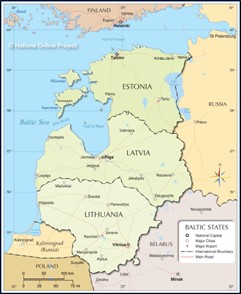
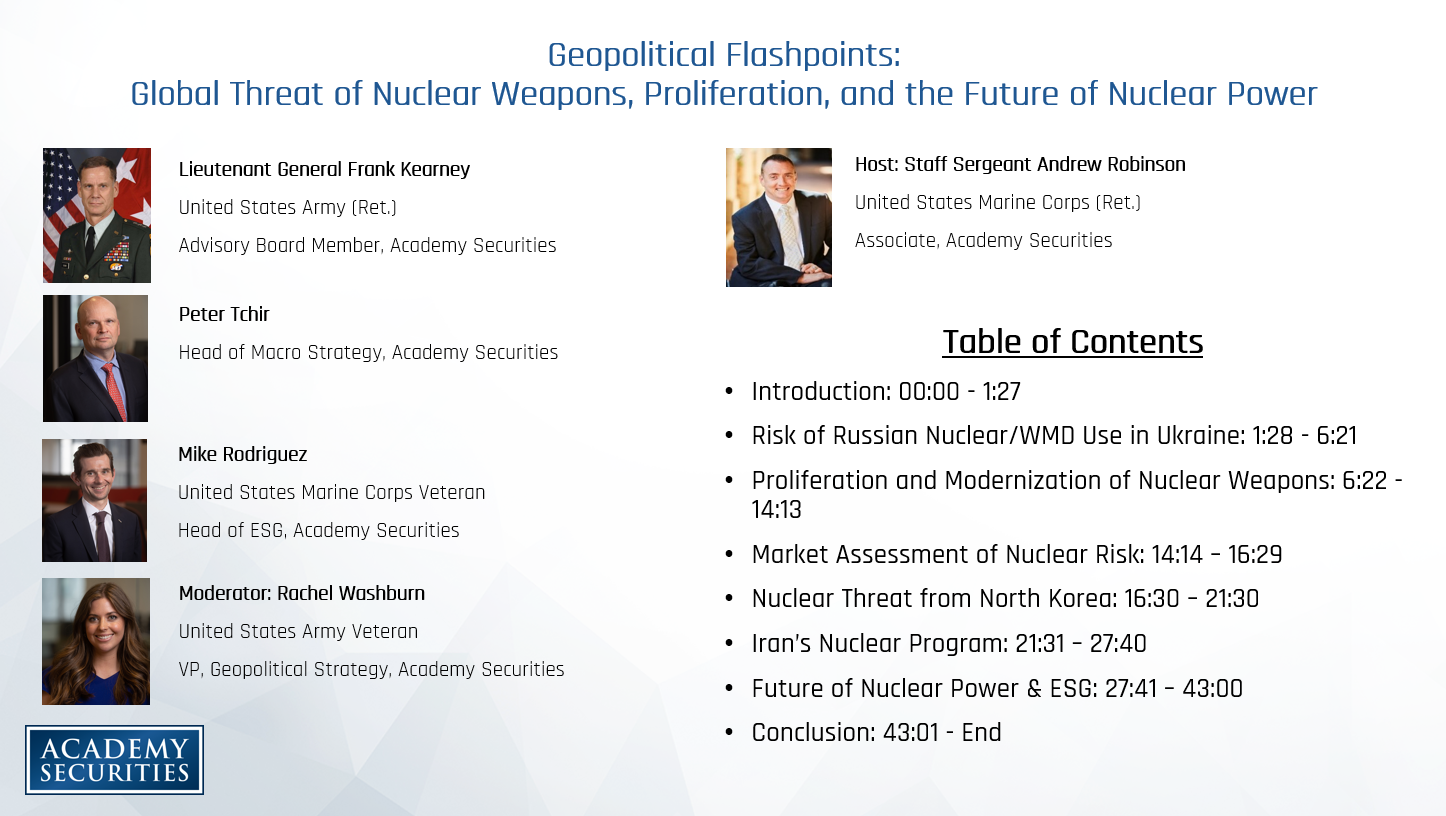

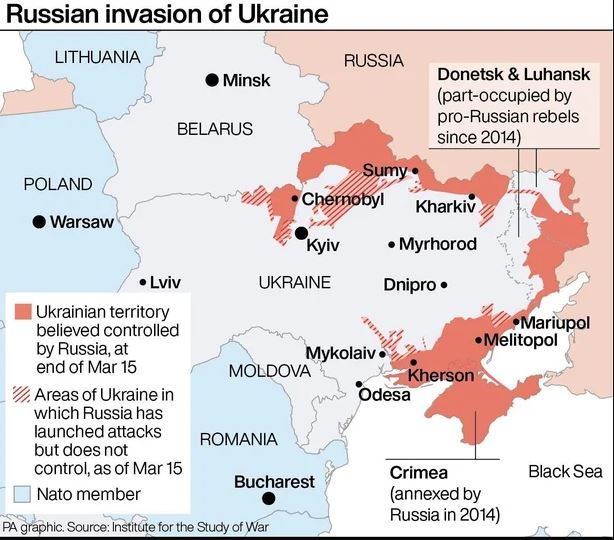
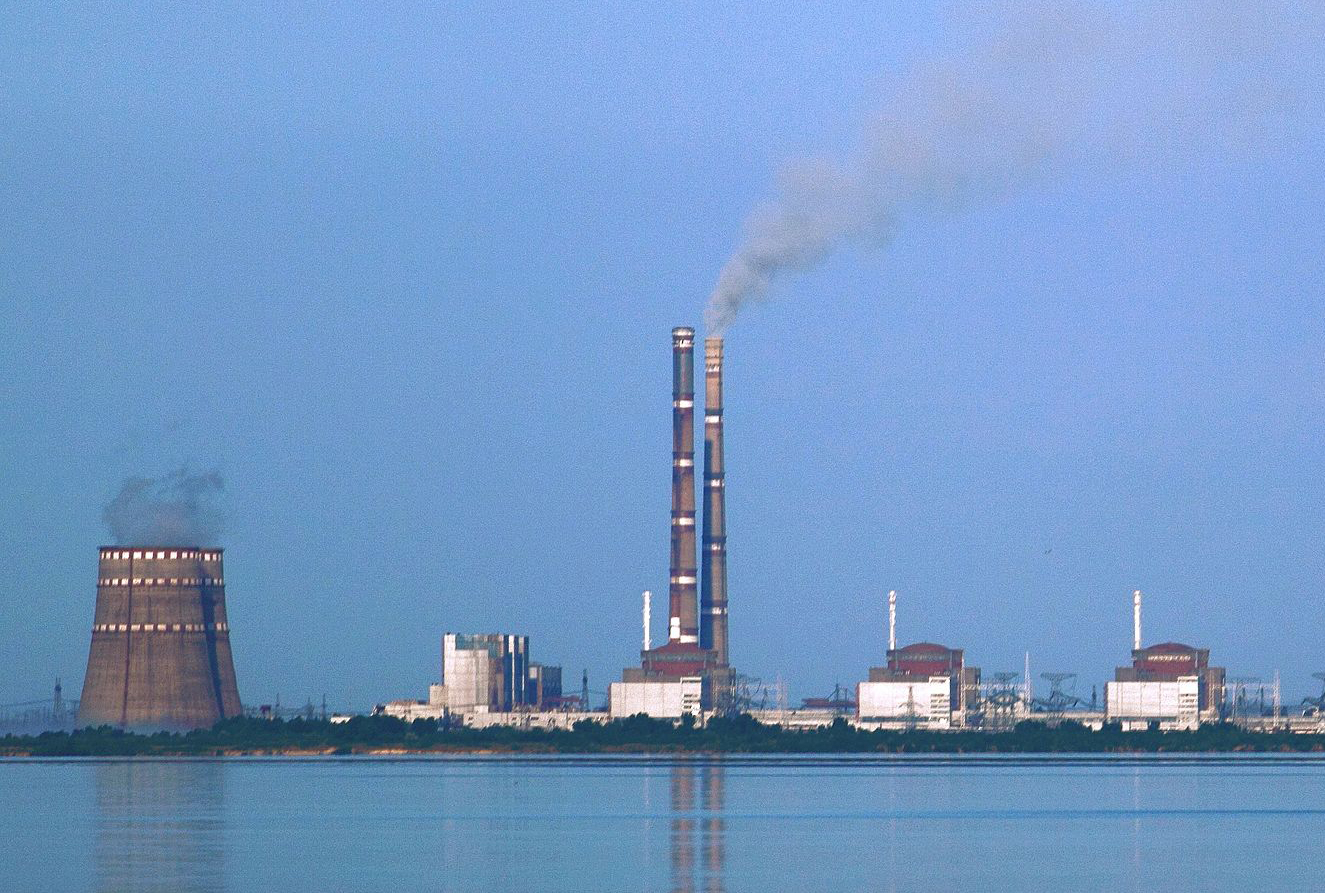
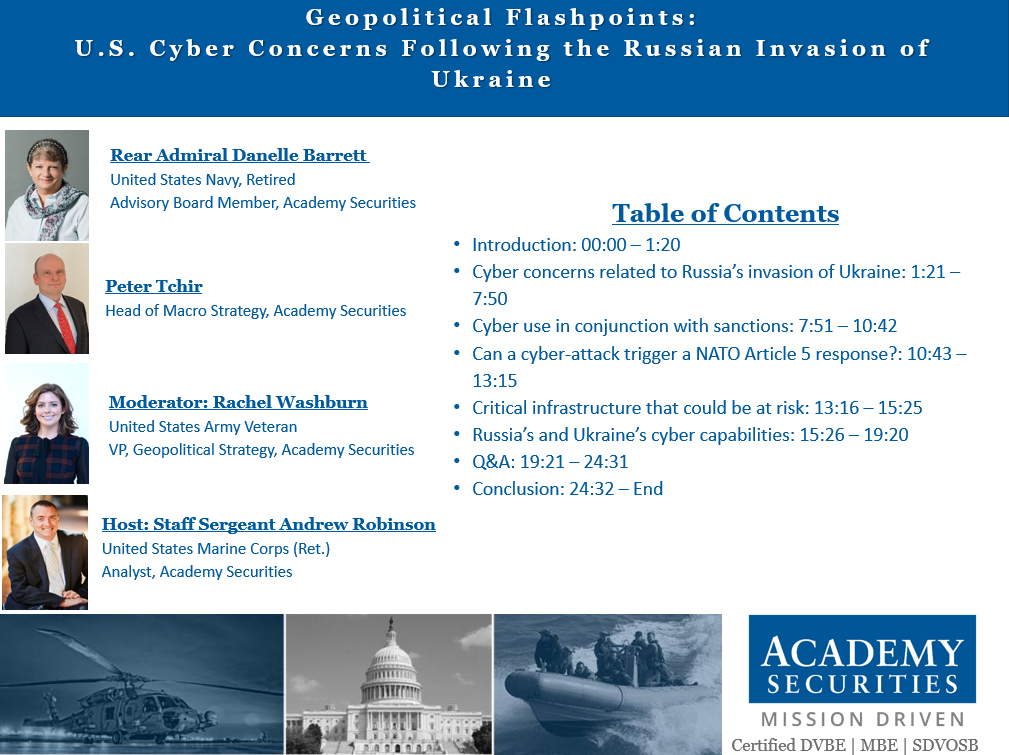
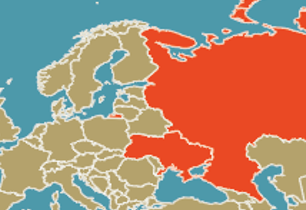
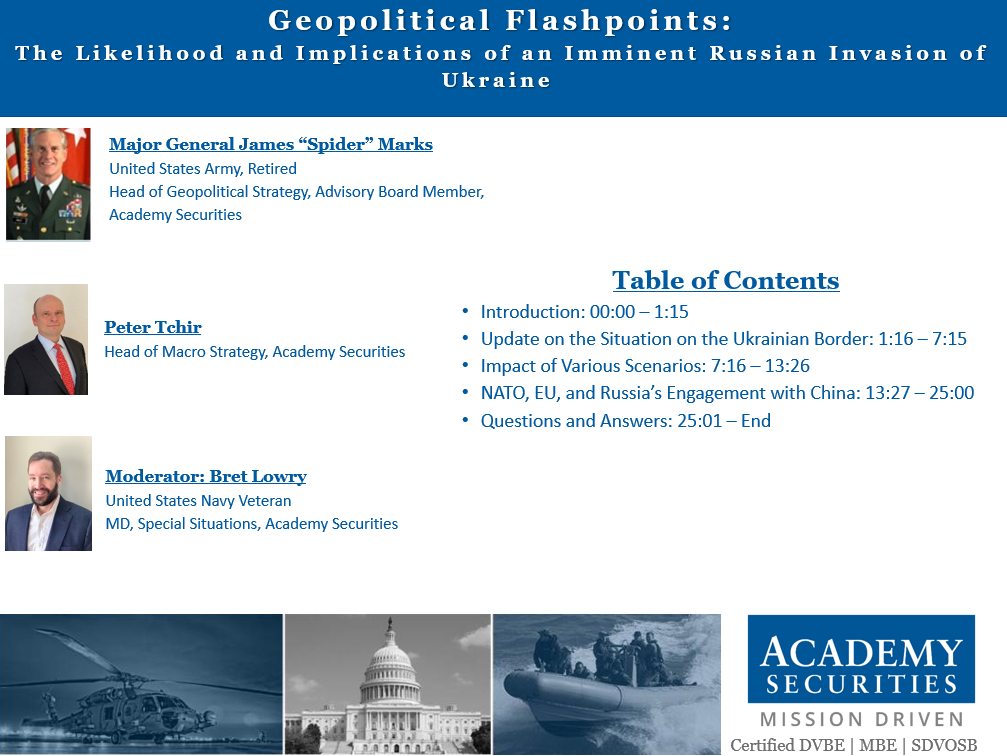
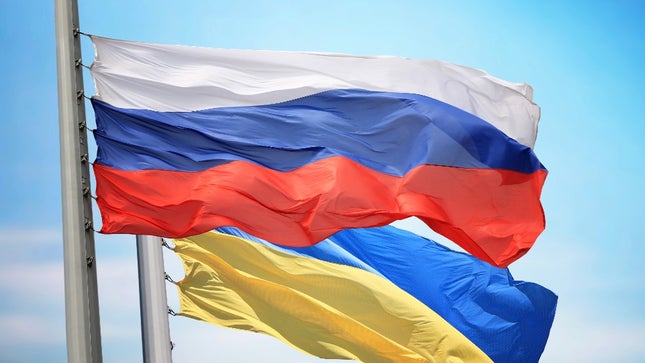

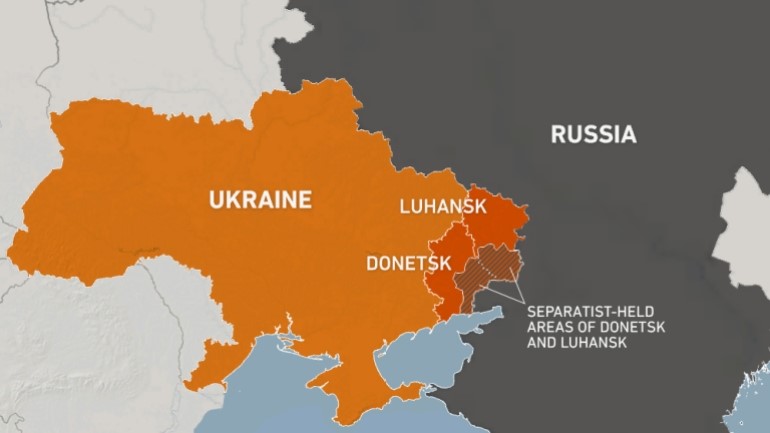
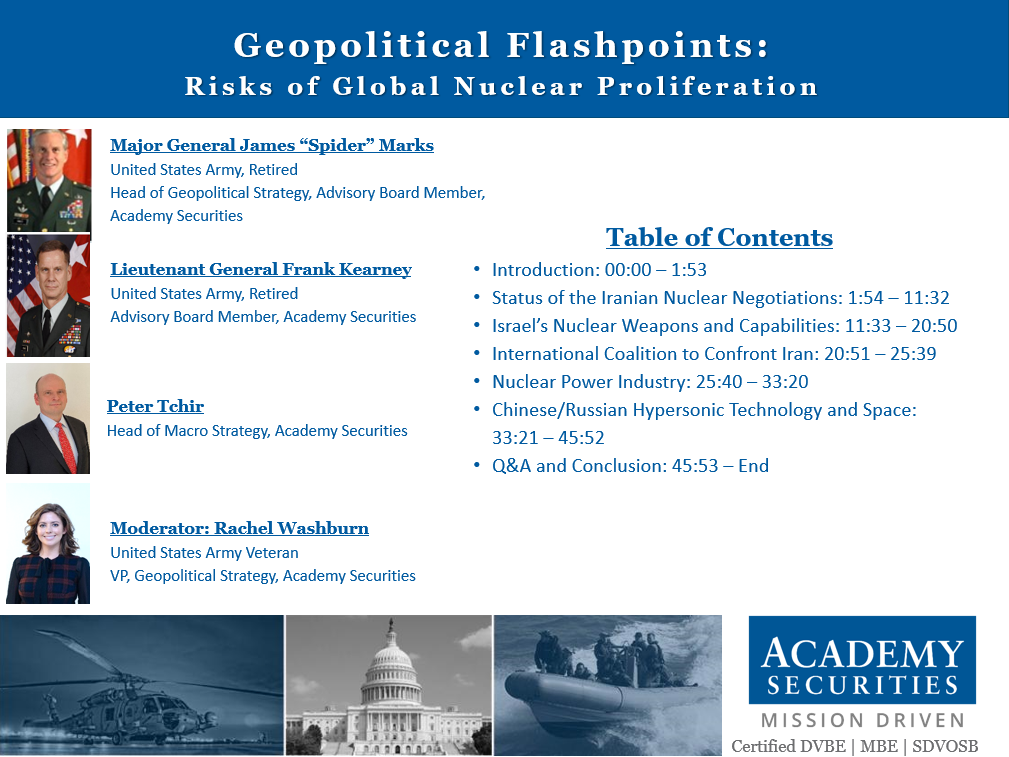
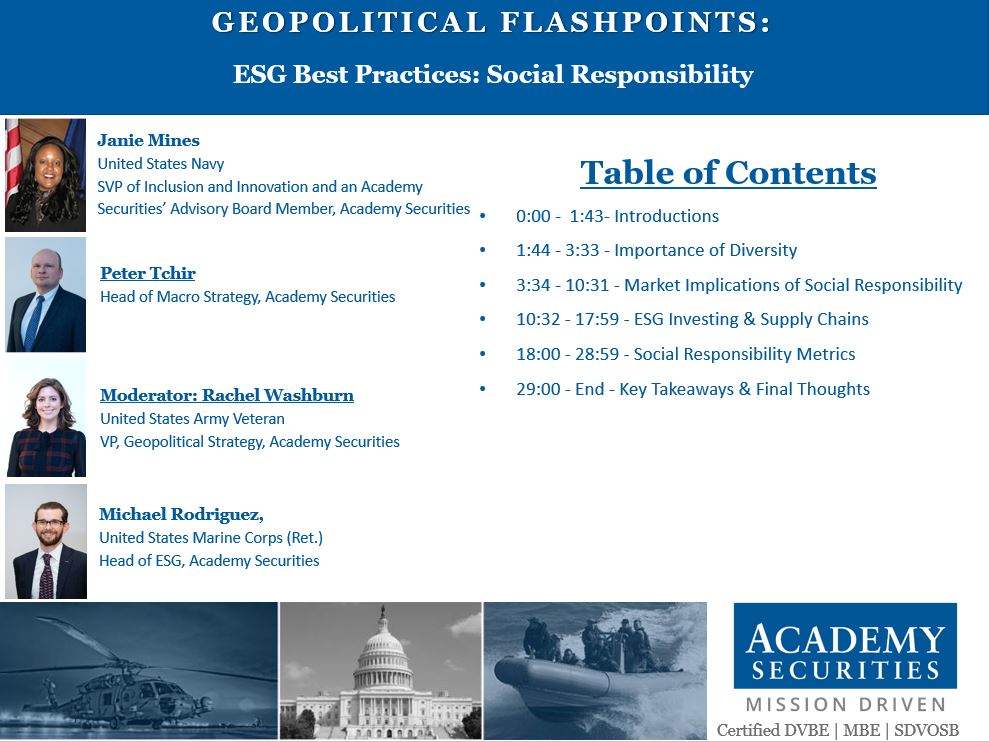




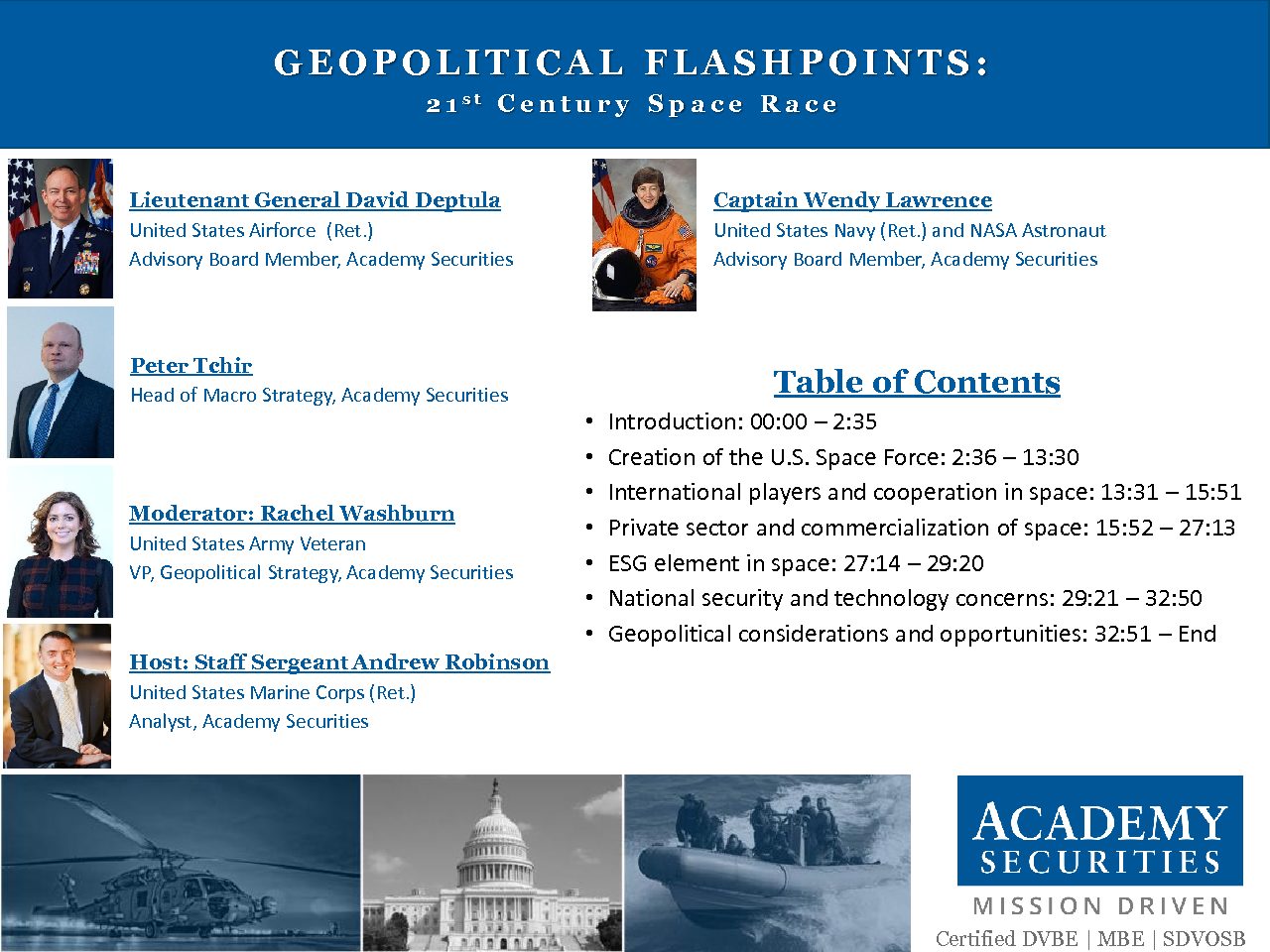
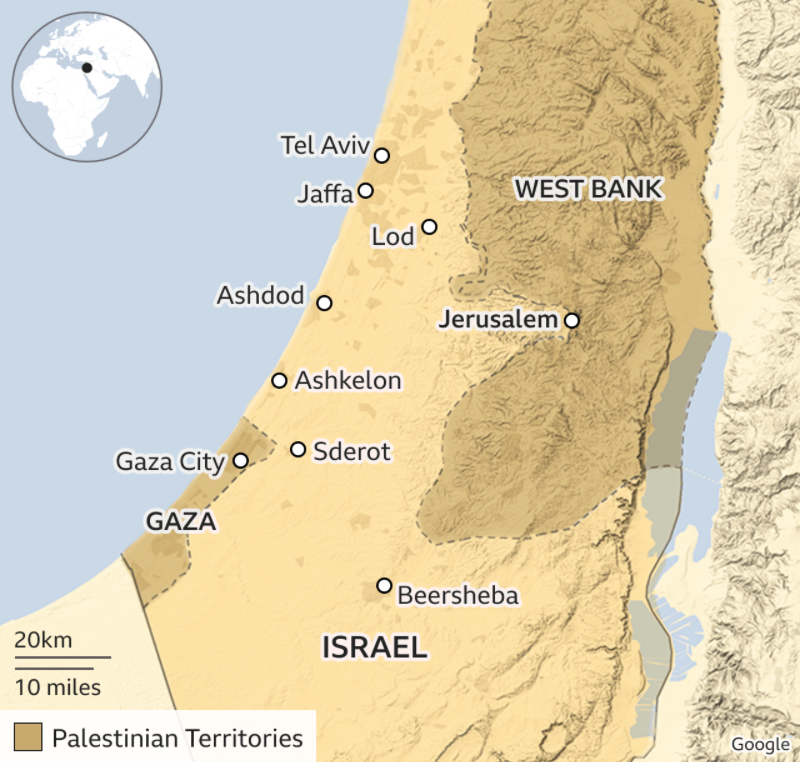







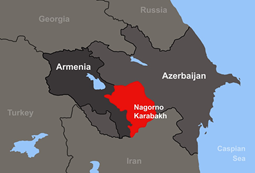





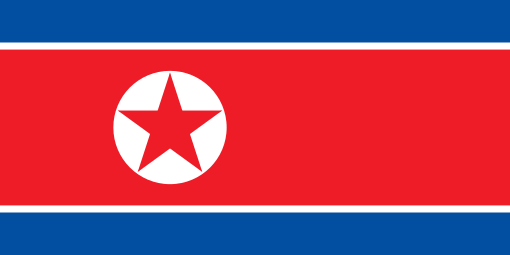

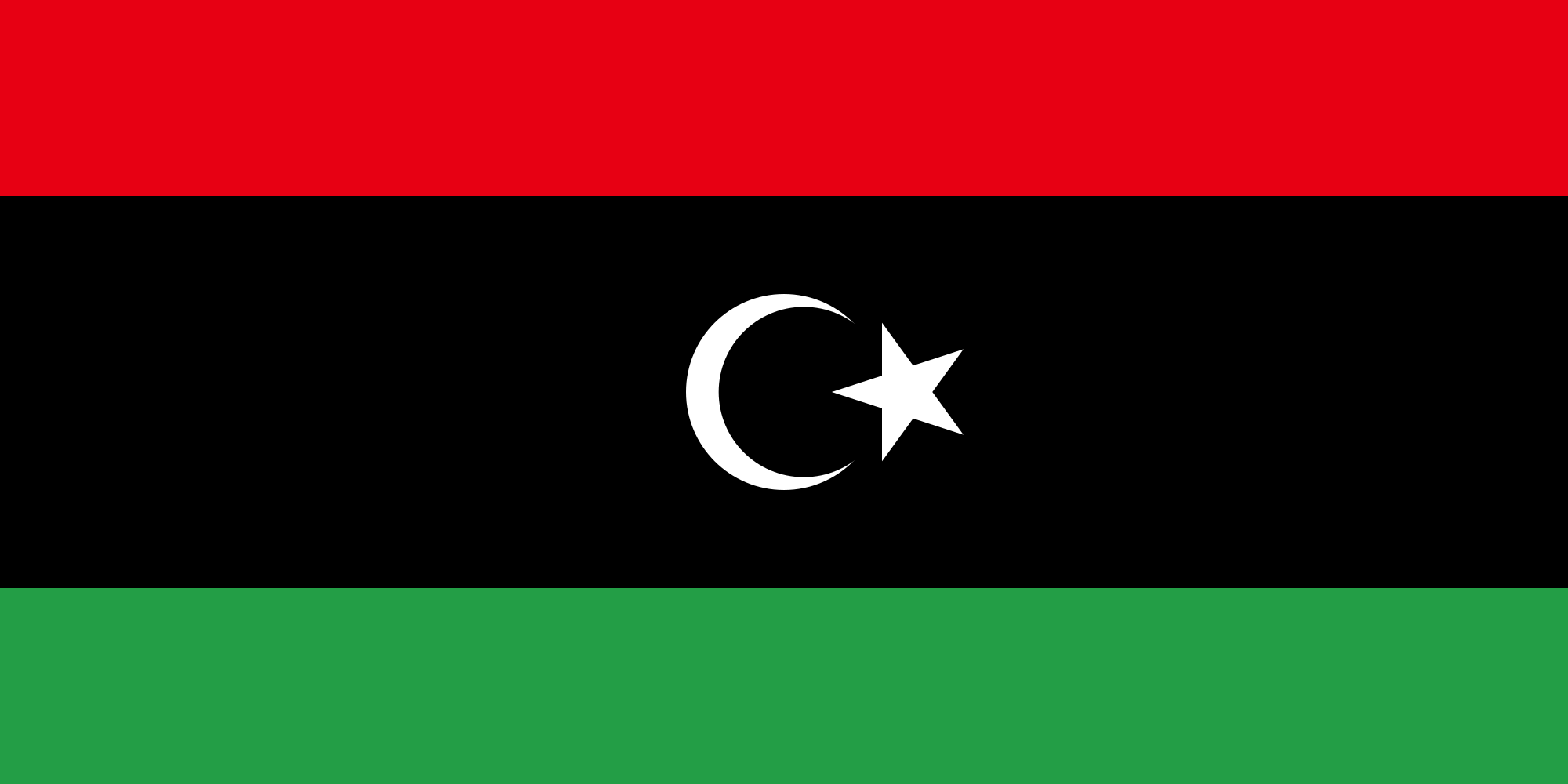
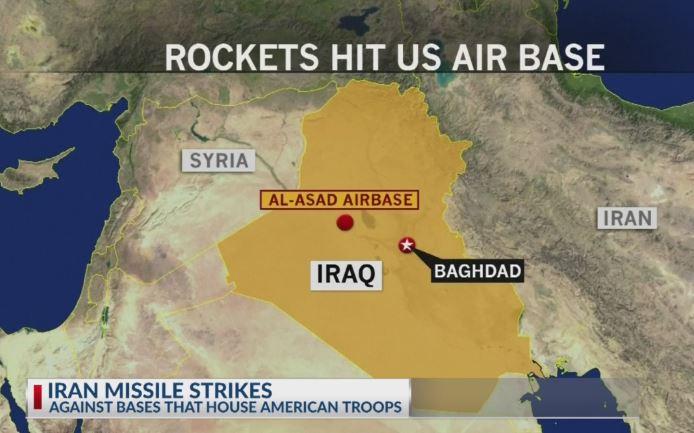
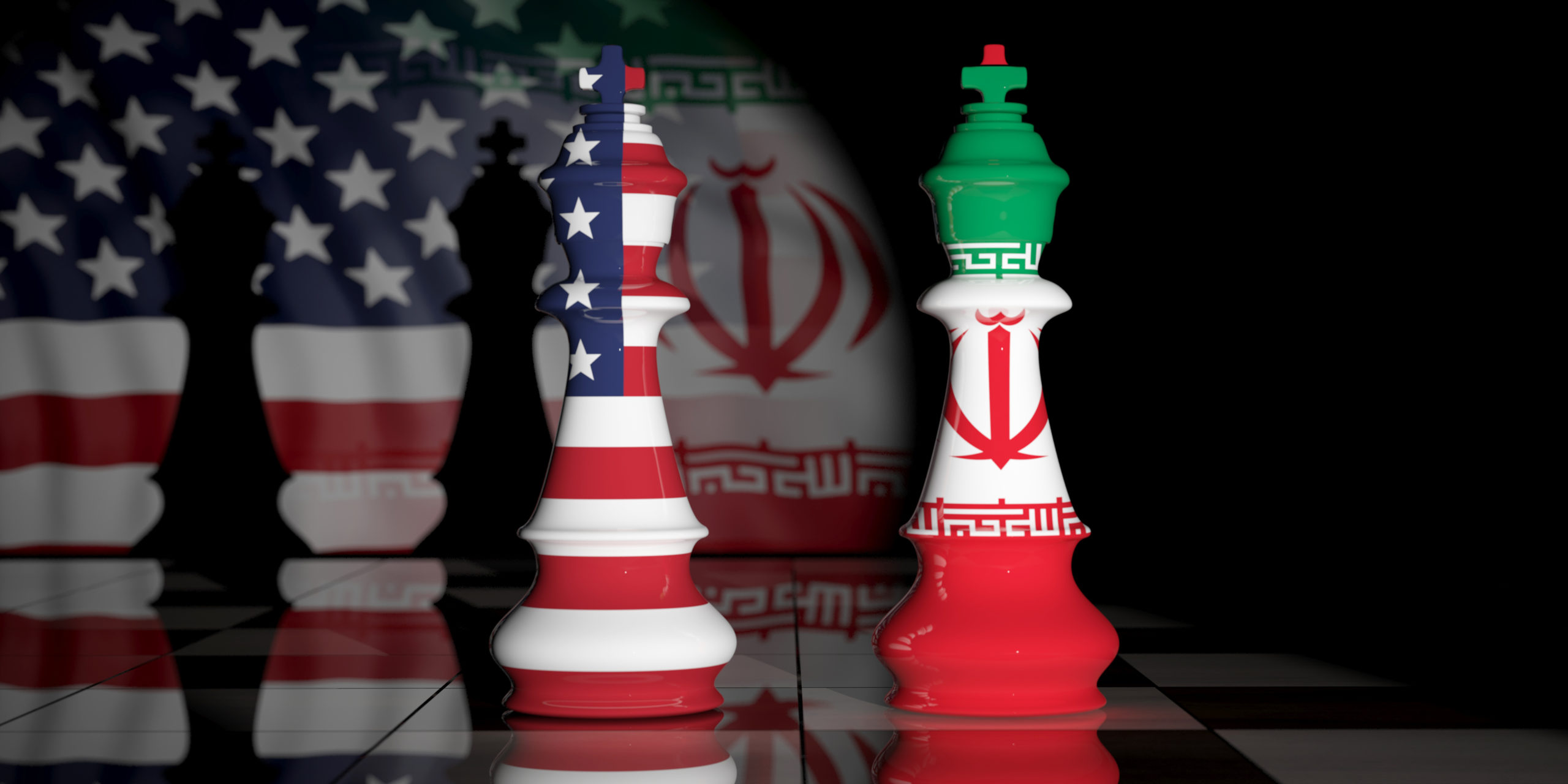



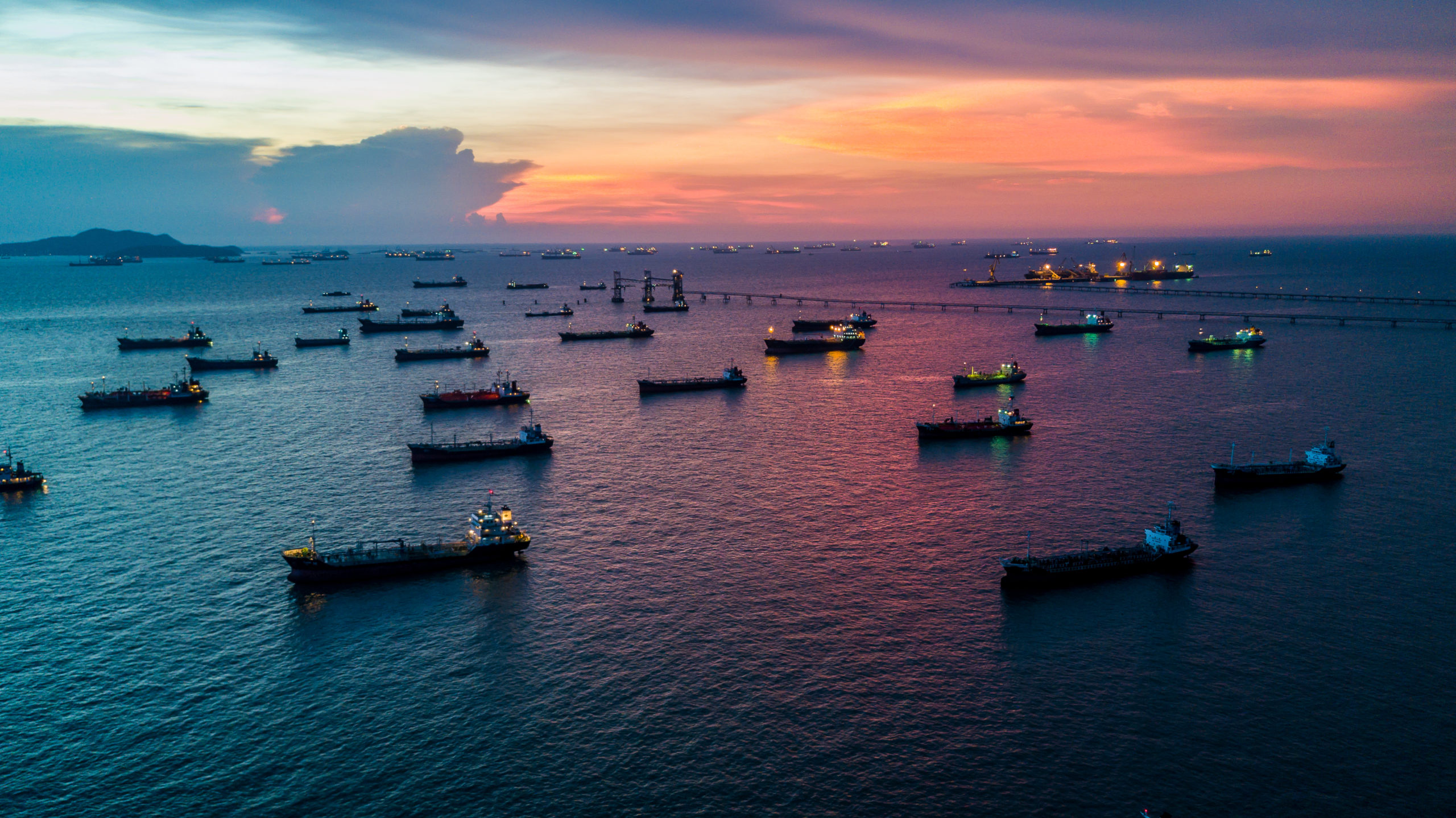
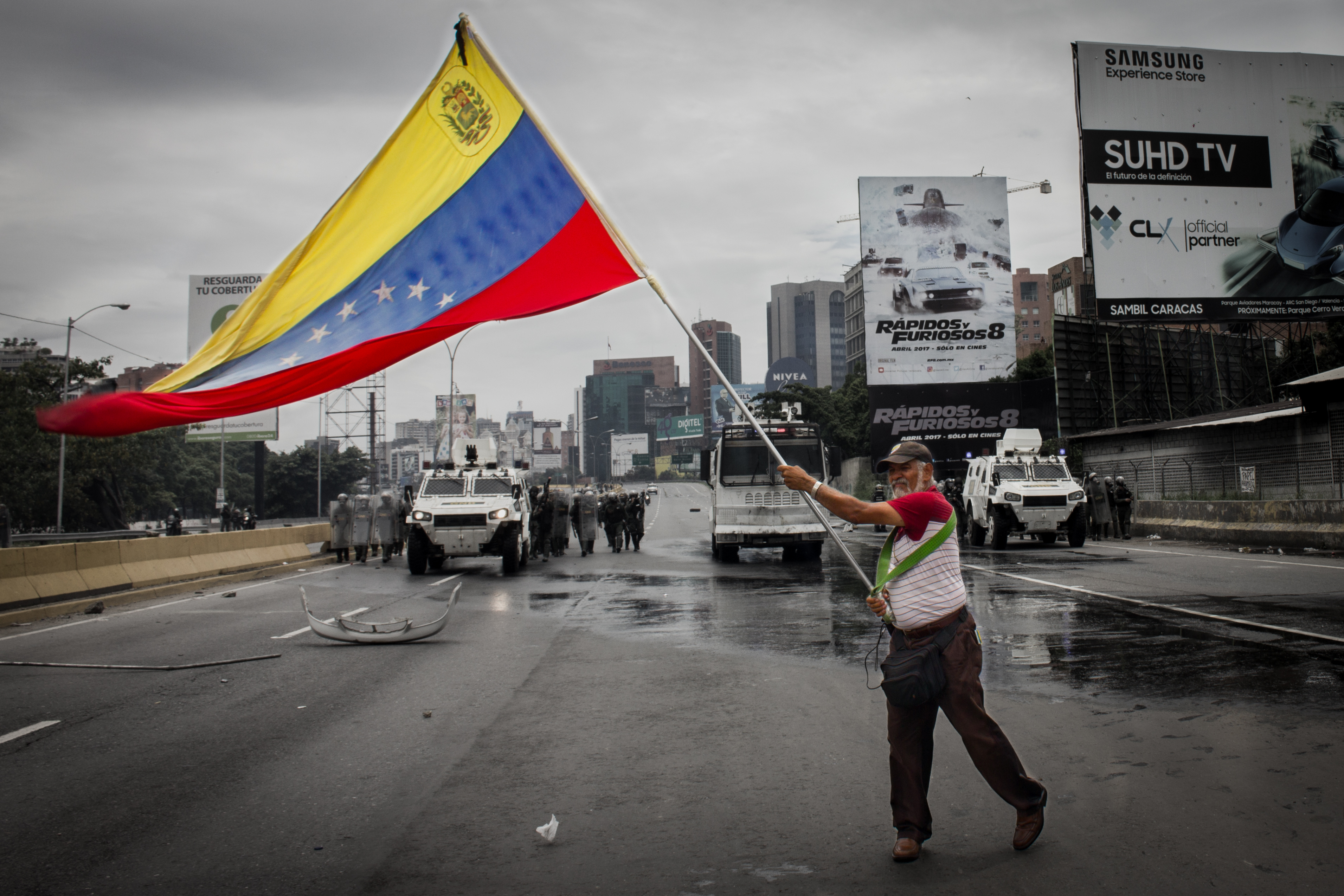

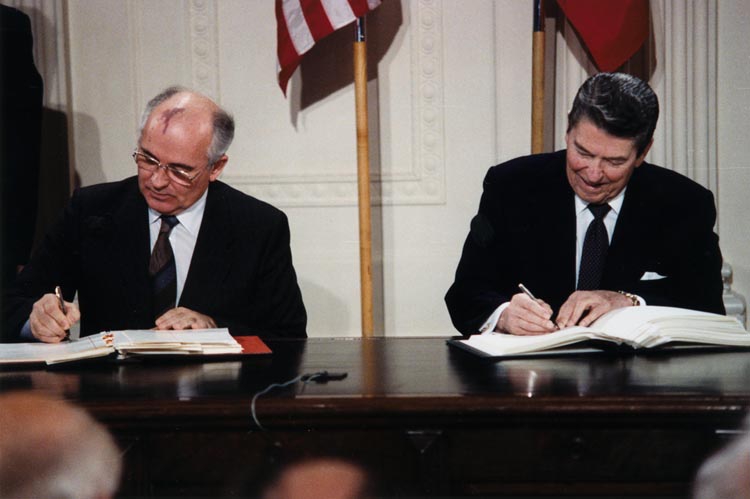




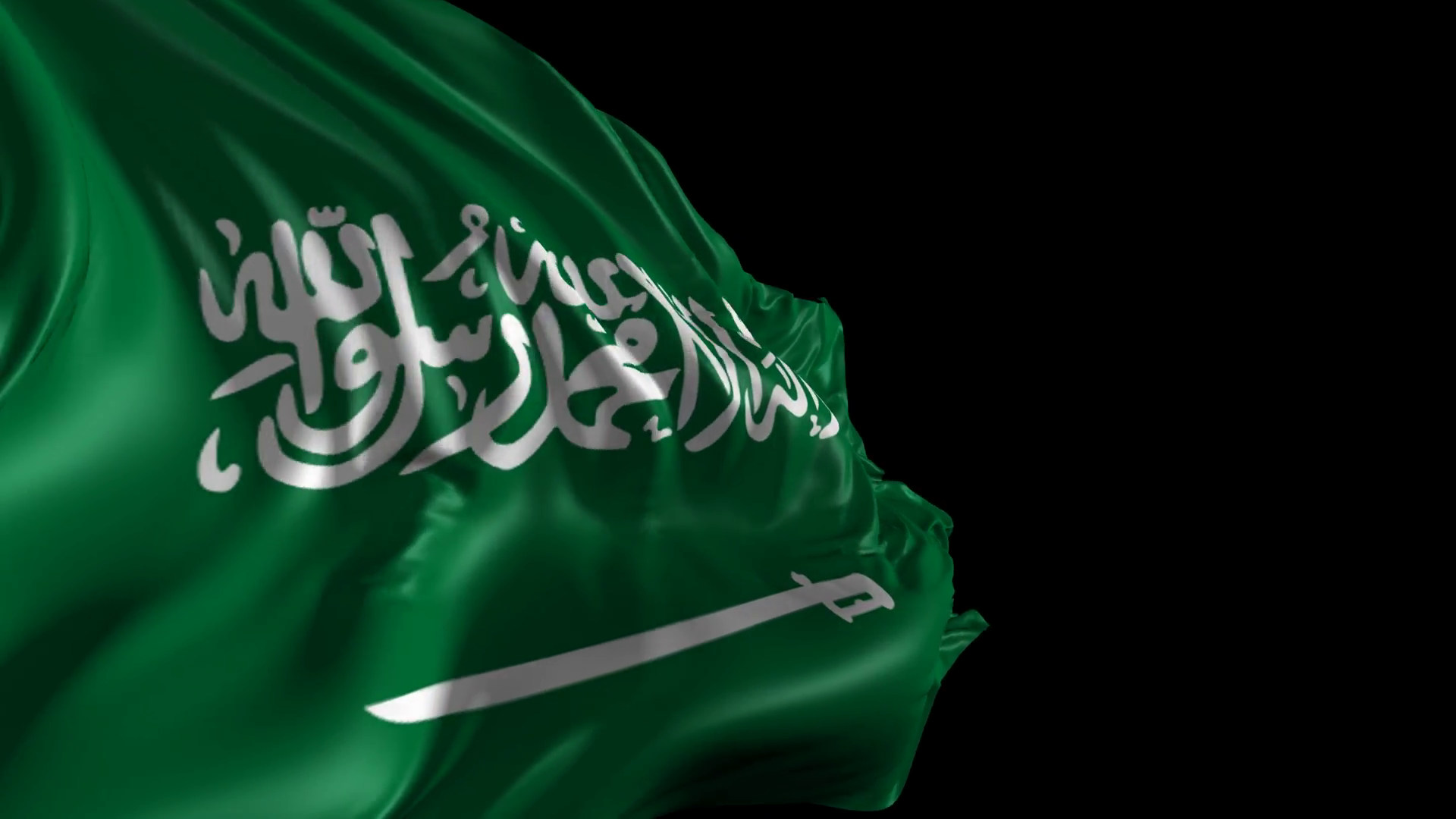


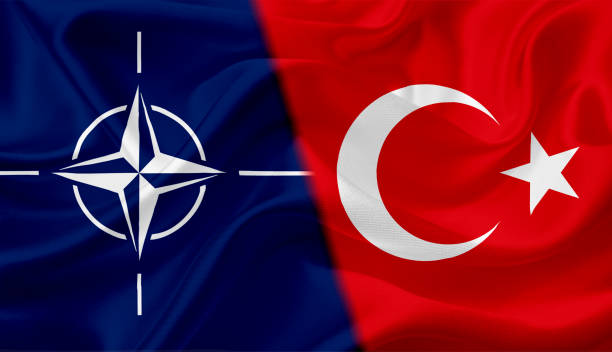
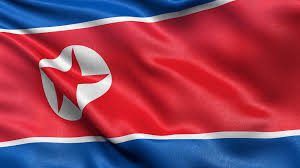


 “The price of poker just went up based on the POTUS tweet. Both Russia and the US are now at the center of the US response rather than Syria and President Assad. The escalation in rhetoric is dangerous but, in my view, very Trump-like. I suspect the Russians probably don’t have the density of counter-missile capabilities to support their rhetoric. The US can engage and re-engage multiple times, but I think the Russians will have great difficulty responding beyond an initial volley. Based on the President’s tweet, I suspect the US options will be more robust. There is a significant risk to Russian prestige if they try to counter and it doesn’t go well.”
“The price of poker just went up based on the POTUS tweet. Both Russia and the US are now at the center of the US response rather than Syria and President Assad. The escalation in rhetoric is dangerous but, in my view, very Trump-like. I suspect the Russians probably don’t have the density of counter-missile capabilities to support their rhetoric. The US can engage and re-engage multiple times, but I think the Russians will have great difficulty responding beyond an initial volley. Based on the President’s tweet, I suspect the US options will be more robust. There is a significant risk to Russian prestige if they try to counter and it doesn’t go well.”